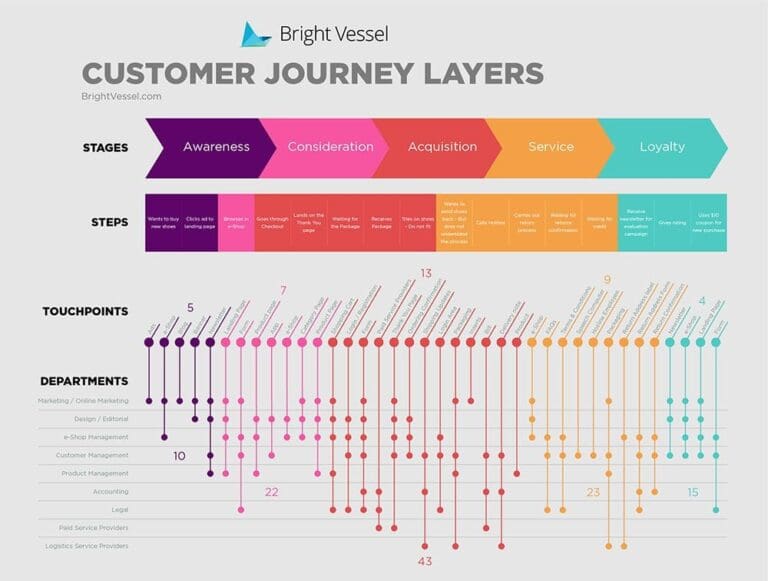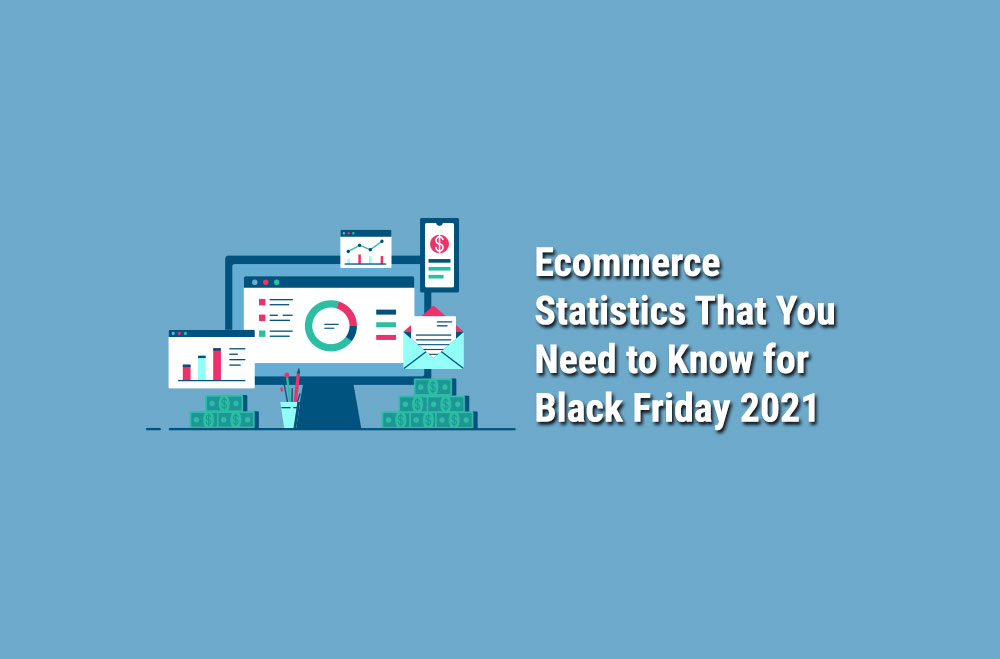Customer experience mapping is when you outline your customer interactions with your brand by breaking down each strategic stage and steps in the customer's path. Customer journey maps are a great way to map out these experiences and are essential in our current age of multichannel retail. This tool allows brands to see each step their customers take on their websites, opening the path for new fixes. When you use it to map customer experience altogether, you’re on the right track to creating a positive and unforgettable encounter. It’s the kind of practice that will set you apart and turn website visitors into frequent customers.
How to Map Customer Experience

You’ll need to figure out how your visitors interact with your brand and create a customer buyer map. This map is a visual representation of the steps a buyer goes through with your company. It should be all-encompassing and showcase more than what your customers are doing: it should also show what they’re thinking and feeling.
You can base the first layer of your customer journey map on the classic sales funnel, which entails:
- Awareness. The customer becomes aware that the particular product or service exists.
- Research. The customer looks into different options, comparing them to make an educated choice.
- Purchase. After some consideration, the customer buys the product or hires the service.
The classic sales funnel has changed a little bit in the past few decades, as retail became much more competitive. We’d add two new factors:
- Out-of-box experience. A quick YouTube search will lead you to hundreds of videos of influencers unwrapping products. It’s become a shared joy to see attractive packaging or a little extra. It’s certainly an opportunity for brands (and particularly manufacturers) to shine.
- Returns policy. The younger generation is more willing to buy products in bulk, with the idea of returning anything that doesn’t fit or work properly. Companies with a more understanding return policy have an advantage with these customers.
It’s always important to note what are the touchpoints, namely, the moments in which you and your customers meet. These can happen at any point in the sales funnel!
The second layer to map customer experience is a more inside approach into what customers go through. A few key questions you should be asking are:
- What actions are your customers taking at each point of the above sales funnel?
- What motivates them?
- What are their questions on each step of the journey?
- What barriers are they facing?
Researching Into Your Customers
The way to map customer experience starts by directly asking your visitors. Here are the two main tools to get in touch with your customers:
- In-context observations.
- Interviews with an ethnographic approach. You need to get into your customers’ heads, and the best way to do that is by giving them the keys to the discussion. That’s why this all-encompassing research strategy is the way to go.
Generally speaking, it’s essential to ask your customers to explain their journey with your company. Other helpful tools are surveys and focus groups, although their scope is much more limited.
Creating a Comprehensive Customer Experience Map
To accurately map customer experience, it’s critical to connect with your visitors. When creating a comprehensive customer experience, here are some factors to take into account:
- Avoid jargon. Speak in layman’s terms. When customers have to resort to overly complex and technical language to make a purchase, the company is failing them. Be approachable on every step, including terminology. It’s entirely unnecessary for customers to know the particular codes of products unless they’re savants on the subject.
- Become a connecting point between the product and the customer. If you’re a seller instead of a manufacturer, you have the unique opportunity of connecting with your customer one-on-one. Whether it’s by adding helpful guides to your blog or adding a chat option, you should be as useful as possible. Don’t make your customers resort to having to go to forums: be the go-to guy when it comes to information.
Final Notes
In all, when you map customer experience, you can look at every touchpoint with a clear head and act accordingly. However, the way to do this should not be set in stone.
- There are many ways to approach your customer journey map. There are different types of diagrams depending on what you’re looking to achieve. You can create an in-depth analysis, a guide on how to operate in the future, or a blueprint on your services.
- There’s no right way to build a customer journey map. You should look into the different styles, and find out what works best for you and your brand. The critical part is finding a method that helps you improve the customer experience, and that everyone on your team understands the visualization. You’ll need team members to be on the same page, working towards the same goal no matter where they stand on the journey.
- It’s valid to change between maps depending on what works best for you. It’s okay to go back and forth if you don’t feel you’re achieving your goals with a particular style. Your primary objective should be to provide the best possible service, and that takes time and commitment. Whatever you can do to improve the experience you’re offering is valid and should be encouraged. Customer journey mapping is a field where trial-and-error is essential.
- Remember the customer journey isn’t linear. With so many options to purchase or hire services online, customers take their time making a decision. While you can add a few advantages here and there, you can’t fully control actions like saving a shopping cart for later. Don’t let that get to you: some things are beyond your control, and others might not happen at the speed you’d like. Don't become frustrated!
For years, Bright Vessel has specialized in providing digital marketing solutions to brands of all sorts of industries. We pride ourselves in our work, helping our clients reach out to their customers to map customer experience. Find out about our services through our website, or contact us for more information.








